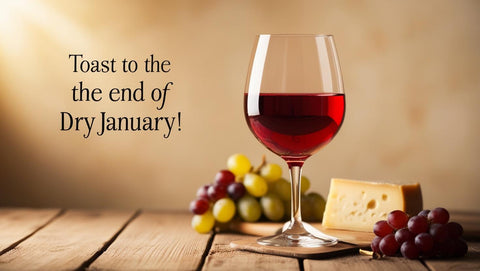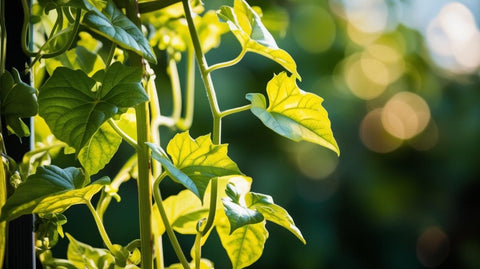A common misconception about rosé wine is that it is simply a mixture of red and white wine. While this might seem like a logical assumption based on its pink hue, the reality is quite different. In most cases, rosé is produced using distinct winemaking techniques that do not involve blending finished red and white wines. The methods used to create rosé wine are rooted in traditional winemaking practices that date back centuries, and each technique influences the wine’s flavour, structure, and colour.
The Winemaking Process
Rosé wine is typically made from red grape varieties, but the key difference lies in how the grape skins interact with the juice. The most common methods for producing rosé include:
-
Maceration Method – This is the most traditional approach, where red grapes are crushed and left to macerate with their skins for a short period, usually a few hours to a couple of days. The skins impart colour and some tannins to the juice before being removed, resulting in the delicate pink hue characteristic of rosé.
-
Saignée Method – In this method, some juice is “bled off” from a batch of red wine in its early stages of fermentation. This produces a more concentrated red wine while also yielding a by-product of lighter, pink rosé.
-
Direct Pressing – This technique is similar to white winemaking but with red grapes. The grapes are gently pressed, allowing a very limited amount of skin contact, which results in an extremely pale rosé.
These methods show that rosé is crafted from red grapes with controlled skin contact rather than being the product of blending red and white wines.
The Role of Grape Varieties
Rosé wines can be made from a variety of red grape types, such as Grenache, Syrah, Pinot Noir, and Mourvèdre. The grape selection plays a crucial role in the wine’s profile, influencing factors such as acidity, fruitiness, and body. If rosé were simply a mix of red and white wine, it would lack the consistency and depth achieved through these careful winemaking techniques.
Why Blending Red and White Wine Is Uncommon
Although blending red and white wine might seem like a straightforward way to achieve a pink colour, it is generally not practised, particularly in quality winemaking. Mixing finished red and white wines does not allow for the same level of control over the structure and balance of the final product. Additionally, regulations in many wine-producing regions, including the European Union, prohibit this method for still rosé wines, except in certain cases like Champagne, where some rosé sparkling wines are made by blending red and white base wines.
Conclusion
Rosé wine is not a mere combination of red and white wine but rather the result of carefully controlled winemaking techniques that involve red grape varieties and limited skin contact. This traditional approach ensures that rosé maintains its distinctive character, freshness, and balance—qualities that would not be achieved through simple blending.





